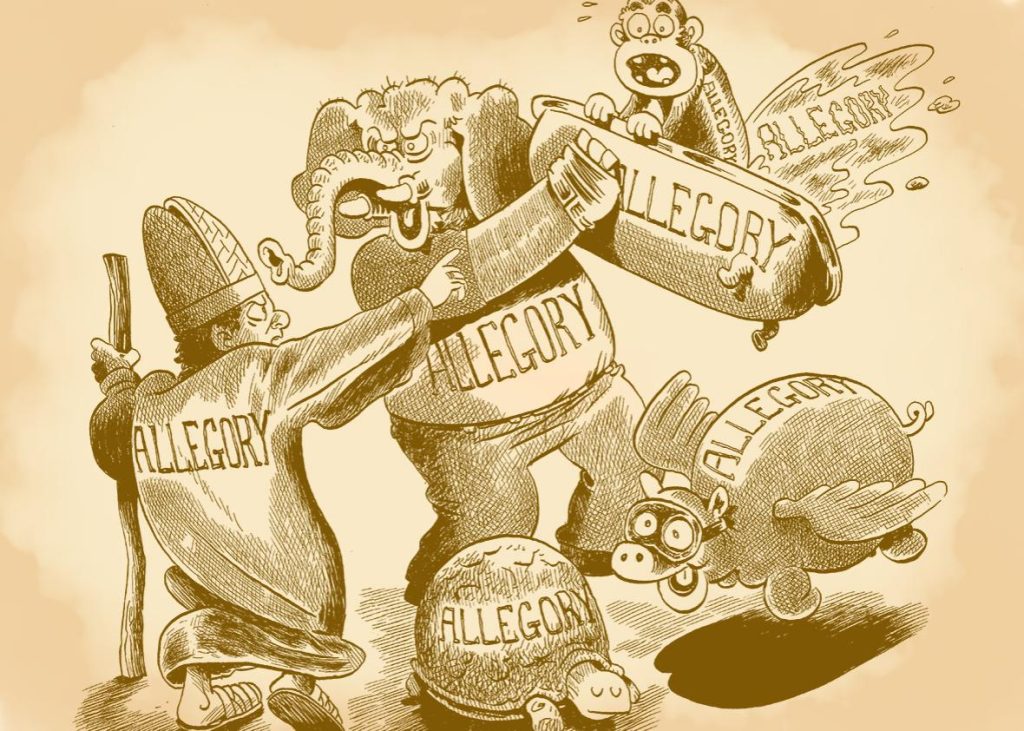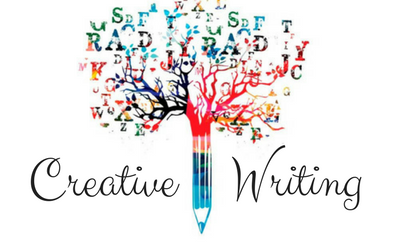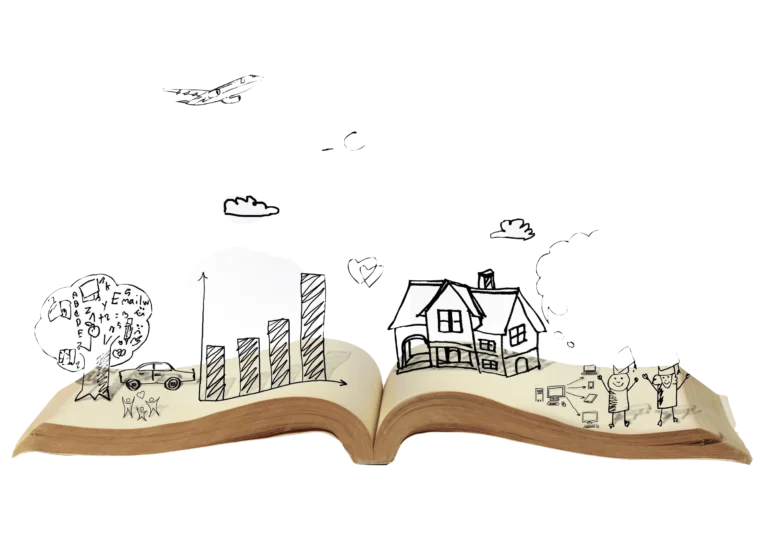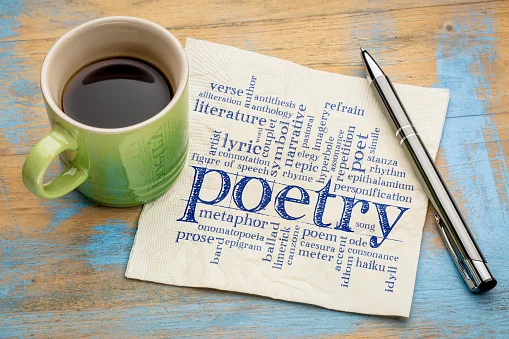Allegory is a literary device that conveys a larger message to society through a character, place, or event in literature. An allegory always has a surface meaning and a deep underlying message which the author wants to give to the readers and audiences of the occurrences in society. In this creative writing lesson, we will learn all about allegory-
Allegory Definition
In literature, allegory defines certain abstractions and ideas. Allegory has two levels of functions in literature. Firstly, it helps in entertaining the readers and audiences when it is read on the surface. Secondly, it is also used for adding a deeper meaning to the narrative. It calls for using symbolization in the work of literature. The hidden meaning of literature which an allegory illustrates has a much stronger worth in the work of literature.
The word “allegory” comes from the Latin word “allegoria” which means ‘figurative’ or a ‘veiled language’. Allegory provides a moral message to readers. They serve complex ideas in literature. The readers can connect their experiences to the complexities of literature.
Allegory is often considered to perform the functions of metaphor in literature. But in reality, allegory is seen to achieve greater entirety in literature in comparison to metaphor. Allegory has a hidden reality. It is left for the readers to infer beyond the lighter superficial story which the author writes.
The emphasis of allegory lies in abstract ideas and picturizations in the work of literature. It also has the aim to substantiate moral, ethical, and religious goals in general. But this is not a mandatory character of allegory in literature.

Importance of Allegory
Allegory adds multiple dimensions to a story. It imparts complexity, and depth to the events, characters, and plot in a narrative. The writer provides a deep understanding of narration to apprehend through an easy-going story, the events, and the characters.
The readers should be able to understand the political or social messages in allegorical literature. They may also have a deeper moral message for society to absorb. The author tries to spread the message to a greater audience through their underlying criticism of the happenings in society.
Allegory has the motive to bring a better understanding of the beliefs and the societies in which human beings live and their regular challenges to establish morality in society. It helps to develop characters and situations which has multiple layers of understanding as was depicted in the ‘Wizard of Oz.
Allegory is used by authors to explain things that can otherwise not be spoken frankly. It gives sensitivity and clarity to a work of literature. Characterization of the concepts which the author tries to depict may prove easier for the readers to understand.
Types of Allegory in Literature
Allegory falls under two main categories that are the conceptual and historical allegory. Although there are many other types of allegory these two are the primary ones under which most literary works get categorized.
Historical Allegory
This is an allegory that is generally used to simplify events or happenings in history. They use symbolization to represent historical events and characters. The novel “The Animal Farm” is one of the best examples of historical allegory. The author has used various animals who depict various messages concerning the Russian Revolution. In this way, the writer indirectly conveys his opinions without explaining them explicitly.
Conceptual Allegory
This does not use allegory to refer to any historical or a real-life event. Conceptual allegory is used for a spiritual or a moral event in a narrative. Various Biblical parables, poems, and stories depicting moral values fall under the category of Conceptual allegory.
The best example of conceptual allegory used in the narrative is C.W. Lewis’s “The Lion, the Witch, and the Wardrobe”. This depicts a parallel story of Jesus dying on the cross and the Lion dying at the hands of the witch. The narrative uses multiple symbols which give moral teachings of kindness, bravery, and the need to fight against evils.
This aspect of allegory can be used in a specific event in a narrative without it being the sole point in literature. This kind of conceptual allegory was used in “Harry Potter and the Deathly Hallows” and “the Tale of the Three Brothers”.
4 Examples of Allegory In Literature
- The earliest use of allegory was done by Plato in his concept of Allegory of Caves. He imagines the people living in a cave who can only see shadows from the light reaching inside from the outside of the cave. This shows the symbolism that how humans interpret a real incident from their point of view, although, the reality can be different altogether. This is an instance of Classic allegory.
- The Pilgrim’s Progress by John Bunyan was published in 1678. This was considered to be the first allegory published in English literature. Each character in the narrative is used as a symbolization of Christian life. It gives the message that living a life of Christianity is not easy.
- The Animal Farm by George Orwell is another example of allegory in literature. It depicts the Communist rule which was prevalent in the Soviet Union and Russia. This narrative depicts the corrupt practices which Communism carried out by controlling the lives of people. The author uses the animals on the farm as mere symbols to show how power corrupts.
- Metamorphosis by Franz Kafka conveys to the reader the story of a hard-working man Gregor who turns into a bug. The author in the story uses the bug to symbolize the loneliness of human beings in society when they are alienated.
5 Tips to Use Allegory in Literature
- Thinking of an important idea that can be shared with the reader regarding society or the complexities of human life.
- Converting this to allegory by characterizing them. Fictional characters are also often assigned
- Characters should be ambiguous so that they can not be easily interpreted by readers
- One should leave clues and allow the readers to apprehend for themselves. Over explanation is not necessary.
- The surface story can stand alone. But the underlying meaning can be abstract.
Share with your friends






